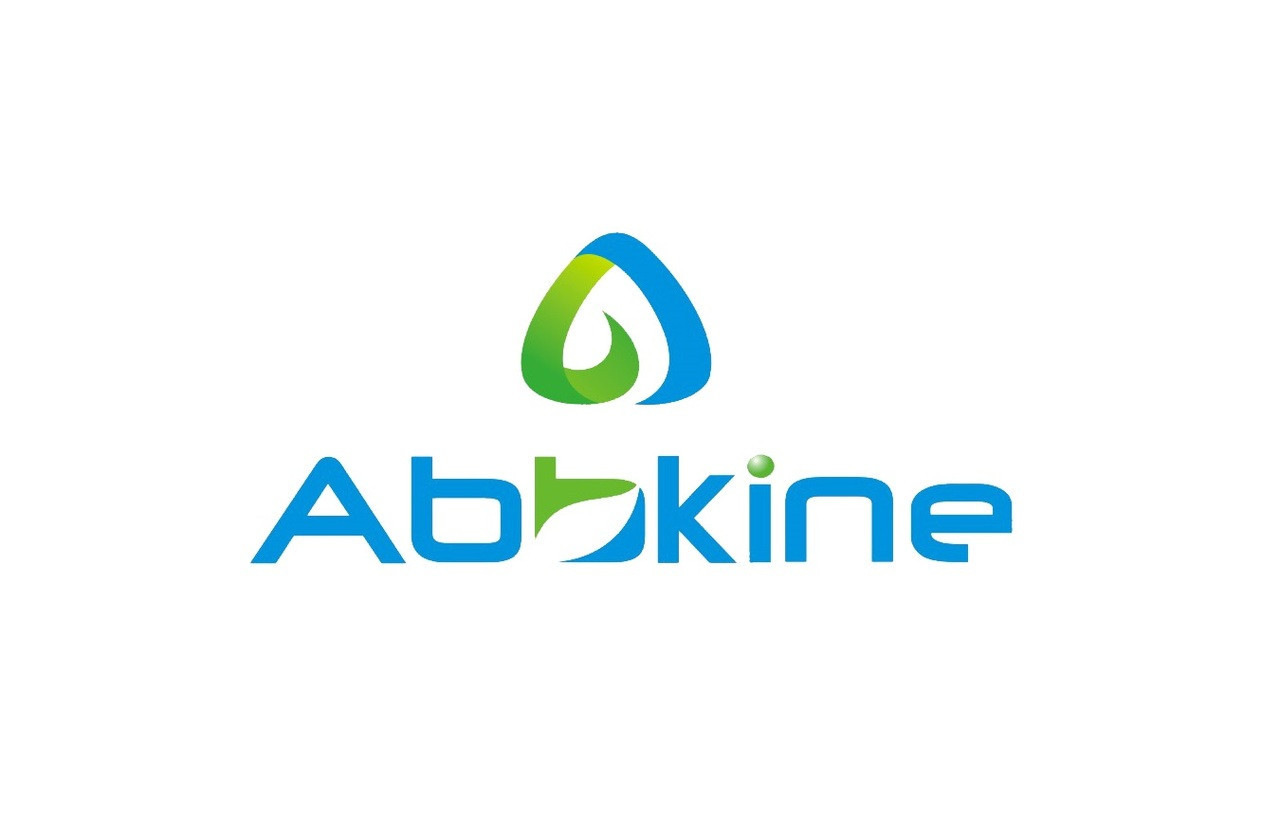Product Description
Human Keratin, type II cytoskeletal 6A (KRT6A) ELISA Kit | KTE61875 | Abbkine
Application: This Human Keratin, type II cytoskeletal 6A (KRT6A) ELISA Kit employs a two-site sandwich ELISA to quantitate KRT6A in samples. An antibody specific for KRT6A has been pre-coated onto a microplate. Standards and samples are pipetted into the wells and anyKRT6A present is bound by the immobilized antibody. After removing any unbound substances, a biotin-conjugated antibody specific for KRT6A is added to the wells. After washing, Streptavidin conjugated Horseradish Peroxidase (HRP) is added to the wells. Following a wash to remove any unbound avidin-enzyme reagent, a substrate solution is added to the wells and color develops in proportion to the amount of KRT6A bound in the initial step. The color development is stopped and the intensity of the color is measured.
Detection Method: Colorimetric
Conjugate: N/A
Sample Type: Cell culture supernatants#Serum#Plasma#Other biological fluids
Assay Type: Multiple steps standard sandwich ELISA assay with a working time of 3-5 hours. It depends on the experience of the operation person.
Kit Component: • Human Keratin, type II cytoskeletal 6A microplate
• Human Keratin, type II cytoskeletal 6A standard
• Human Keratin, type II cytoskeletal 6A detect antibody
• Streptavidin-HRP
• Standard diluent
• Assay buffer
• HRP substrate
• Stop solution
• Wash buffer
• Plate covers
Features & Benefits: Human Keratin, type II cytoskeletal 6A (KRT6A) ELISA Kit has high sensitivity and excellent specificity for detection of Human KRT6A. No significant cross-reactivity or interference between Human KRT6A and analogues was observed.
Calibration Range: Please inquire
Limit Of Detection: Please inquire
Usage Note: • Do not mix components from different kit lots or use reagents beyond the kit expiration date.
• Allow all reagents to warm to room temperature for at least 30 minutes before opening.
• Pre-rinse the pipet tip with reagent, use fresh pipet tips for each sample, standard and reagent to avoid contamination.
• Unused wells must be kept desiccated at 4 °C in the sealed bag provided.
• Mix Thoroughly is very important for the result. It is recommended using low frequency oscillator or slight hand shaking every 10 minutes.
• It is recommended that all samples and standards be assayed in duplicate or triplicate.
Storage Instruction: The unopened kit should be stored at 2 - 8°C. After opening, please store refer to protocols.
Shipping: Gel pack with blue ice.
Precaution The product listed herein is for research use only and is not intended for use in human or clinical diagnosis. Suggested applications of our products are not recommendations to use our products in violation of any patent or as a license. We cannot be responsible for patent infringements or other violations that may occur with the use of this product.
Background: Keratin 6A is a type II cytokeratin, one of a number of isoforms of keratin 6 encoded by separate genes located within the type II keratin gene cluster on human chromosome 12q. It is found with keratin 16 and/or keratin 17 in the palm and sole epidermis, the epithelial cells of the nail bed, the filiform papillae of the tongue, the epithelial lining of oral mucosa and esophagus, as well as the hair follicles. This keratin 6 isoform is thought to be the most abundant of the K6 isoforms. The KRT6A gene consists of 9 exons separated by 8 introns and is located in the type II keratin gene cluster on human chromosome 12q. Keratin 6B and keratin 6C are encoded by the neighbouring genes, which are identical in intron-exon organization to KRT6A and are more than 99% identical in their DNA coding sequences.
Alternative Names: KRT6A; CK6A; CK6C; CK6D; K6A; K6C; K6D; KRT6C; KRT6D; 56 cytoskeletal type keratin; K6D keratin; cytokeratin 6A; cytokeratin 6C; cytokeratin 6D; keratin 6C; keratin; epidermal type; K6A; keratin; epidermal
Search name: KRT6A; CK6A; CK6C; CK6D; K6A; K6C; K6D; KRT6C; KRT6D; 56 cytoskeletal type keratin; K6D keratin; cytokeratin 6A; cytokeratin 6C; cytokeratin 6D; keratin 6C; keratin; epidermal type; K6A; keratin; epidermal
Tag: KRT6A
 Euro
Euro
 USD
USD
 British Pound
British Pound
 NULL
NULL












